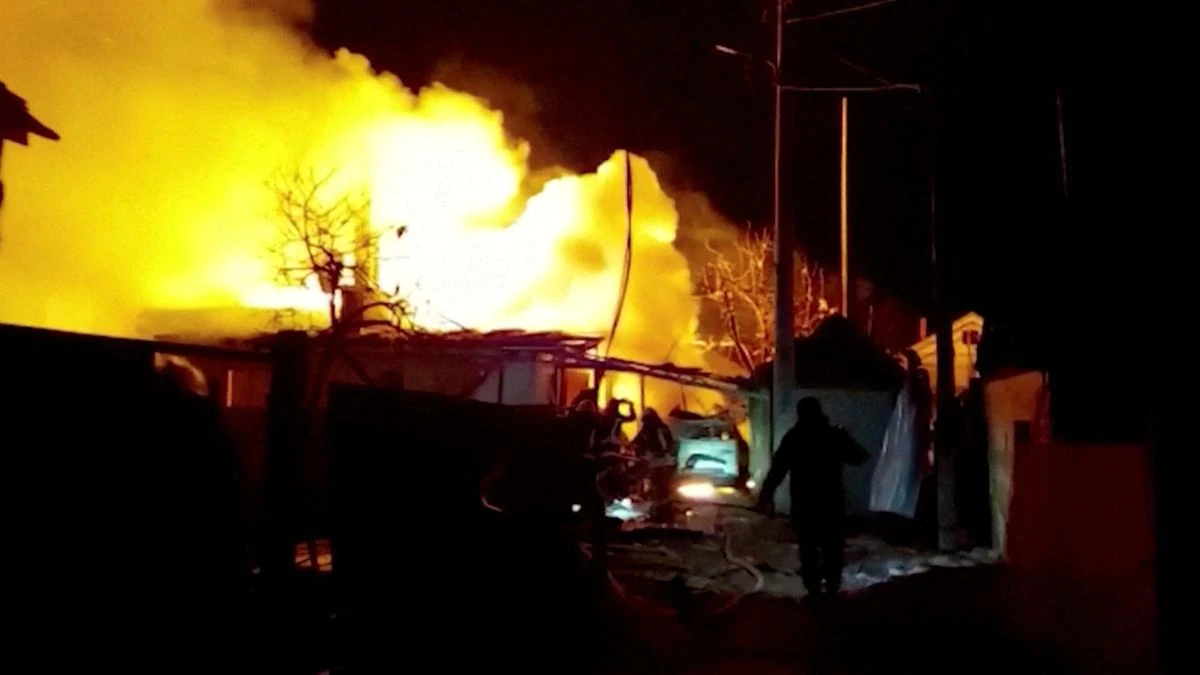Earlier coronavirus second wave feared in Europe after mass protests
Brussels (Reuters) – Europe could face a surge of COVID-19 infections in the coming weeks caused by mass protests in the continent over the last days, politicians, European Union officials and experts said on Thursday.
Tens of thousands of protesters have crowded together in Europe’s big cities in recent days to demonstrate against racism after the killing in the United States of George Floyd while in police custody.
“If you advise everybody to keep one and half meter from each other, and everybody just stands next to each other, holding each other, then I don’t have a good feeling about that,” Jozef Kesecioglu, who chairs the European Society of Intensive Care Medicine, told a conference.
Asked whether there could be a surge of infections in the coming two weeks, he said: “Yes, but hopefully I’m wrong.”
British health minister Matt Hancock said people should not attend large gatherings of more than six people, including demonstrations.
“I understand that people want to show their passion for a cause that they care deeply about. But this is a virus that thrives on social contact, regardless of what your cause may be,” he said at a daily news conference.
Most European countries have passed the peak of the outbreak and are gradually reopening business and borders, as infections went gingerly down in past weeks.
Before recent protests, scientists expected a second wave only after the summer. But mass gatherings might impact this positive trend.
Having only recently emerged, it is not yet clear how COVID-19 is affected by seasonal factors and people spending more time outdoors, where the virus particles disperse faster, potentially helping limit its spread.
However, the positive impact of being outdoors could be counteracted if social distancing is not adhered to.
“As for any infectious respiratory disease, mass events could be a major route of transmission,” Martin Seychell, a health official at the EU Commission told Reuters when asked about the possibility of an earlier second wave caused by demonstrations.
The virus was still circulating, although at lower rates than some weeks ago, he said.
The likelihood and size of a second wave would depend on the effective maintaining of social distancing measures and other factors, many of which are still unknown, he said.
Italy’s health minister Roberto Speranza also struck a note of caution.
“A second wave or recrudescence is not certain but possible,” he said.



